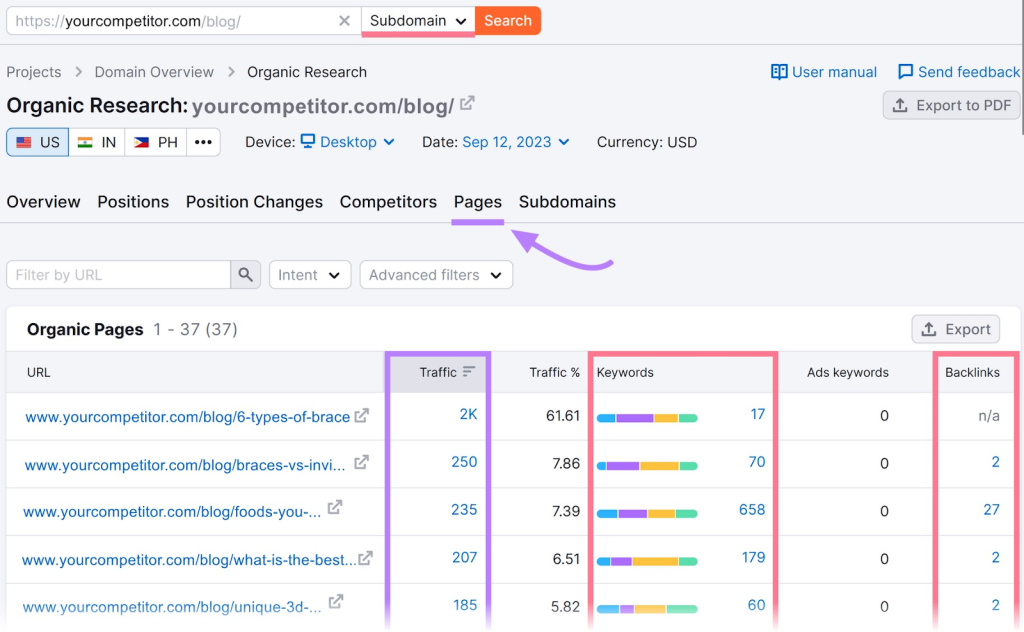Launched in September 2013, Google Hummingbird marked a significant overhaul of Google’s core search algorithm. It was designed to improve the understanding of search queries and the relevance of search results.
Key features of the Hummingbird algorithm
It focused on two key features: semantic search and conversational search. Semantic search aimed to understand the intent behind queries rather than simply matching keywords, while conversational search improved the processing of natural language queries, reflecting the growing use of voice search and conversational interactions.
To learn more about another pivotal update, check out our detailed guide on the Local SEO Pigeon search.
The Evolution of Google Search Algorithms
Early Algorithms:

Early search algorithms focused on keyword matching and backlink counting. The original algorithm that ranked pages based on the number and quality of backlinks.
Pre-Hummingbird Updates:

- Panda(2011): Focused on content quality and penalized low-quality content.
- Penguin(2012): Targeted webspam and manipulative link practices.
Post-Hummingbird Updates:

- RankBrain(2015): An AI-based component that helps Google understand the context of queries.
- BERT(2019): Enhanced understanding of the nuances and context of search queries.
Conversational Search: A New Era

- Natural Language Processing (NLP): Hummingbird enhanced Google’s ability to process and understand natural language queries.
- Voice Search Integration: As voice-activated assistants like Google Assistant, Siri, and Alexa became more popular, the importance of conversational search grew.
- Impact on Queries: Users began to use more natural, conversational language in their search queries, expecting more precise and relevant answers.
Optimizing Your Content for Hummingbird
Focus on Semantic SEO:

- Topic Clusters: Organize content around core topics with related subtopics to demonstrate expertise and provide comprehensive coverage.
- Natural Language: Write content in a conversational tone that mirrors how people speak and ask questions.
Also discover the key changes brought by the Venice local search and how it revolutionized local search results.
On-Page SEO:

- Structured Data: Use schema markup to help Google understand the content and context of your pages.
- Internal Linking: Create a logical internal linking structure that connects related content, helping both users and search engines navigate your site more effectively.
Voice Search Optimization in the Hummingbird Era

- Importance of Voice Search: With the rise of voice-activated assistants, optimizing for voice search has become increasingly important.
- Strategies:
- Conversational Keywords: Use long-tail keywords and phrases that mimic natural speech patterns.
- Answer Questions Directly: Provide concise, direct answers to common questions to improve chances of being featured in voice search results.
Hummingbird and Mobile Search

- Impact on Mobile Search: Hummingbird’s focus on natural language and conversational queries aligned with the growing use of mobile devices for search.
Conclusion

The Google Hummingbird update was a transformative moment in the history of search engine optimization. By focusing on the intent behind queries and prioritizing high-quality, contextually relevant content, Hummingbird changed the way SEO professionals approach their strategies.
Understanding and optimizing for Hummingbird can improve your search rankings, enhance user experience, and prepare you for future developments in search technology.
Also Read :



